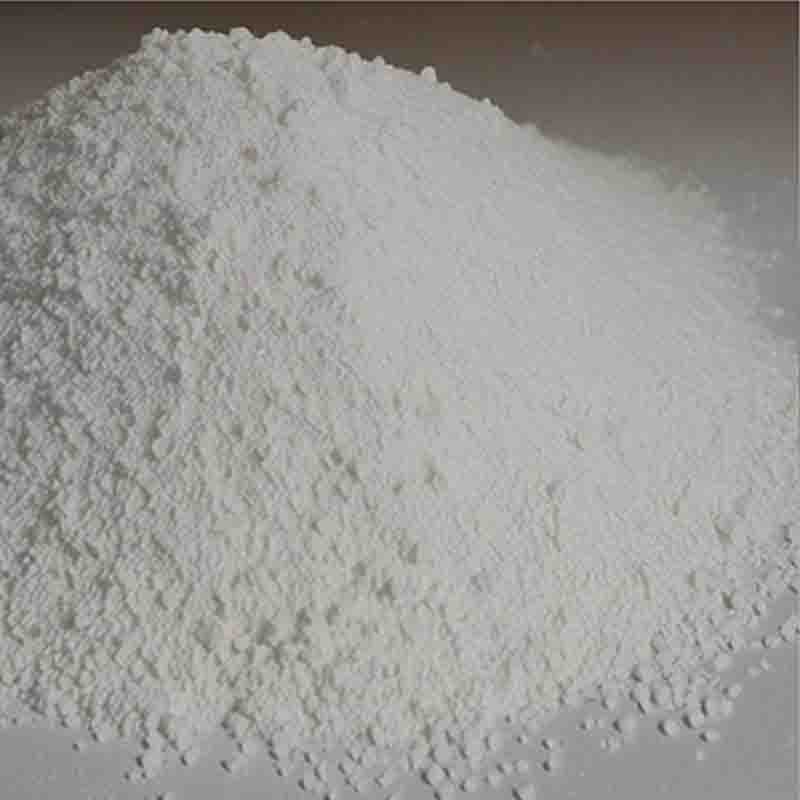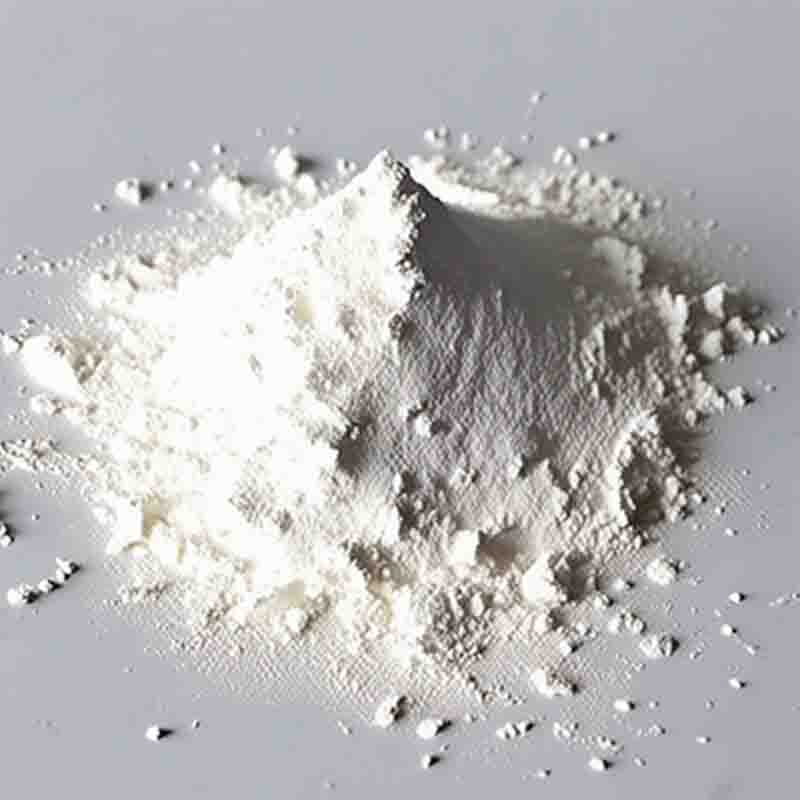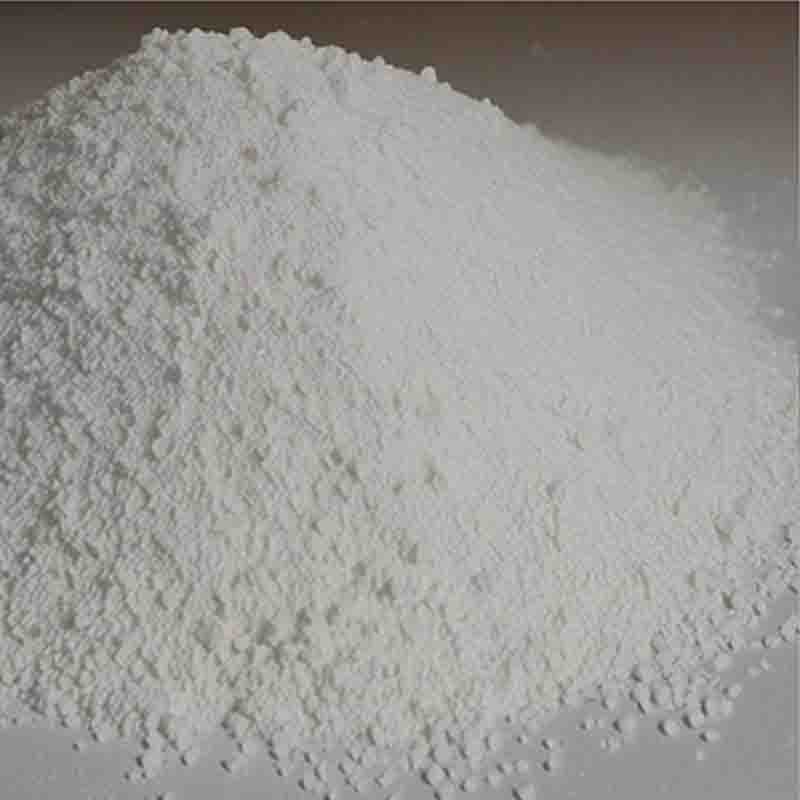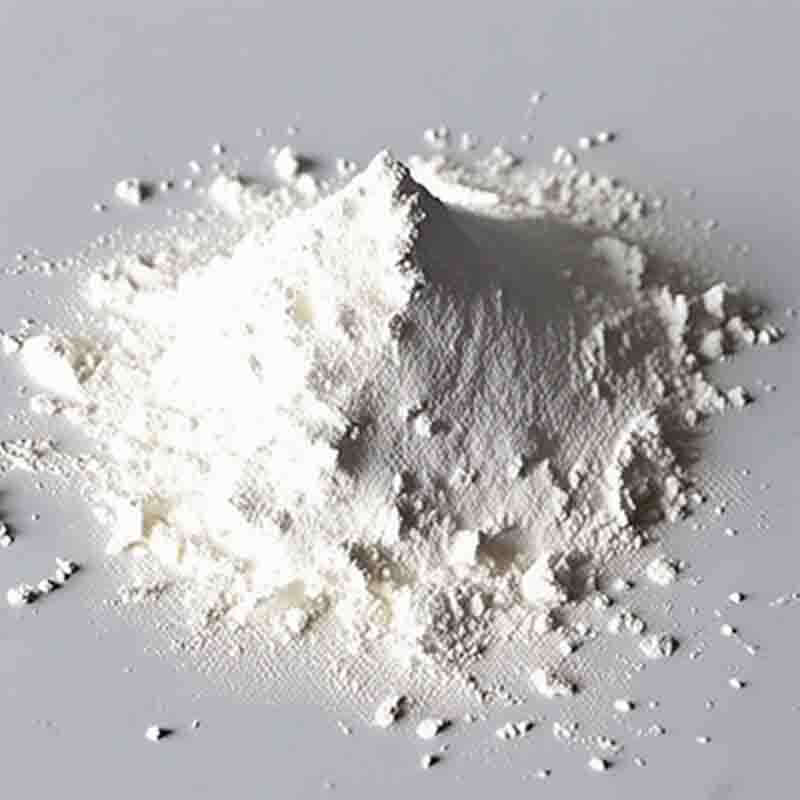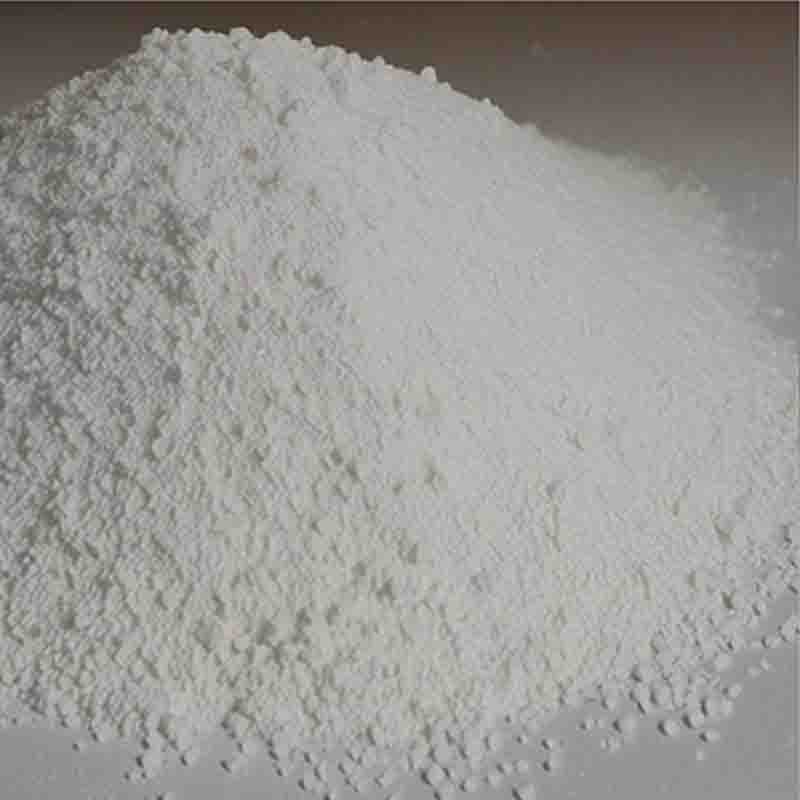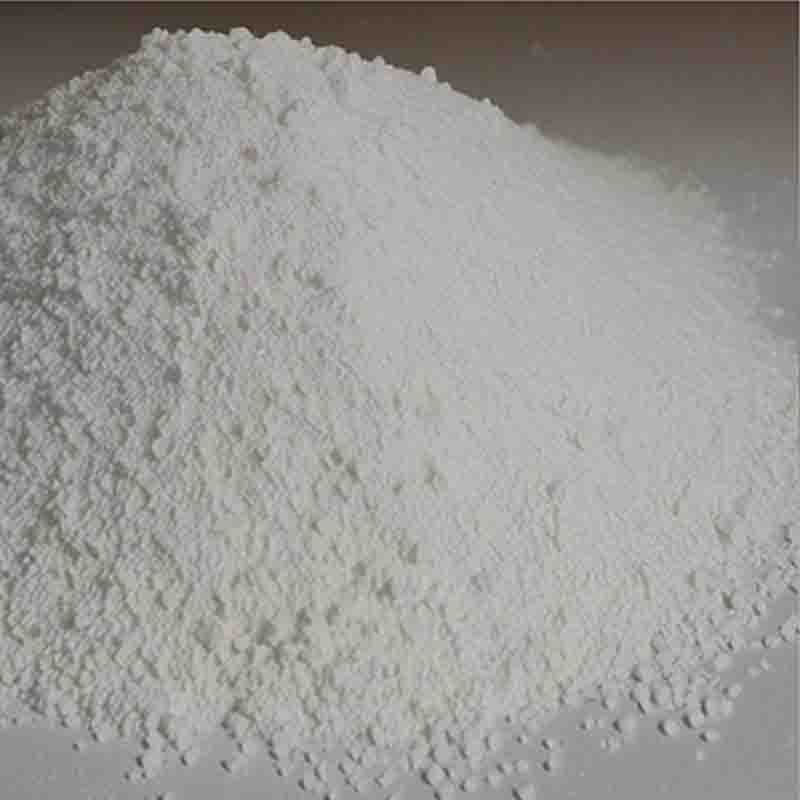5-Aminouracil CAS: 932-52-5
| Catalog Number | XD94145 |
| Product Name | 5-Aminouracil |
| CAS | 932-52-5 |
| Molecular Formula | C4H5N3O2 |
| Molecular Weight | 127.1 |
| Storage Details | Ambient |
Product Specification
| Appearance | White powder |
| Assay | 99% min |
5-Aminouracil is an important organic compound that has diverse applications in different scientific fields, most notably in medicinal chemistry, molecular biology, and materials science. Its unique structure and properties make it a valuable tool for various research and industrial purposes.In medicinal chemistry, 5-Aminouracil is used as a precursor in the synthesis of numerous pharmaceutical drugs. It serves as a starting material for the preparation of uracil analogs, which have shown promising therapeutic potential. By modifying the functional groups on the 5-Aminouracil molecule, scientists can develop compounds with enhanced biological activities, such as antiviral, antibacterial, or anticancer properties. These modified uracil derivatives can act as enzyme inhibitors or interact with specific receptors, making them vital in drug discovery and development.Moreover, 5-Aminouracil plays a crucial role in molecular biology research. It serves as a key building block for the synthesis of nucleotides, particularly in creating DNA or RNA analogs. By incorporating 5-Aminouracil into these nucleic acids, researchers can study their structure and function, as well as investigate their interactions with proteins or other molecules. Additionally, 5-Aminouracil can be used in the preparation of labeled nucleotides for various labeling techniques, such as fluorescence or radioisotope labeling, facilitating the detection and tracking of nucleic acids in biological samples.In materials science, 5-Aminouracil finds applications in the development of novel materials. It can be utilized as a monomer or a crosslinker in polymer synthesis, leading to the formation of polymers with unique properties. These polymers can exhibit characteristics like high thermal stability, biocompatibility, or specific optical properties, depending on the desired application. Additionally, 5-Aminouracil can be incorporated into materials such as coatings or films to impart specific functionalities, such as flame retardancy or electrical conductivity.The synthesis of 5-Aminouracil typically involves the reaction of uracil with ammonia under specific reaction conditions. The resulting compound can then be further modified or used directly in various applications, depending on the intended purpose.Overall, 5-Aminouracil is a versatile compound with significant importance in several scientific fields. Its applications range from drug development to molecular biology research to materials science. Continued exploration and utilization of its properties have the potential to lead to exciting advancements and innovations in these fields.


